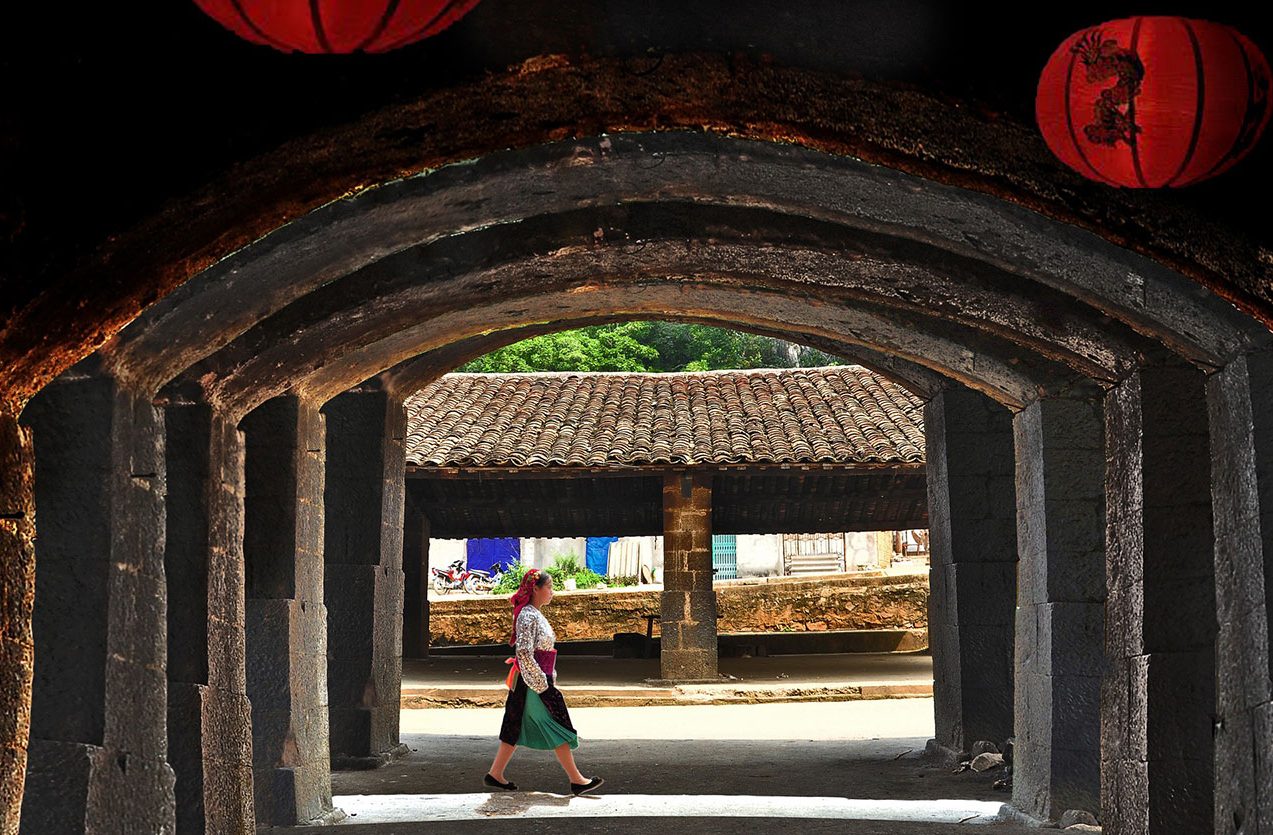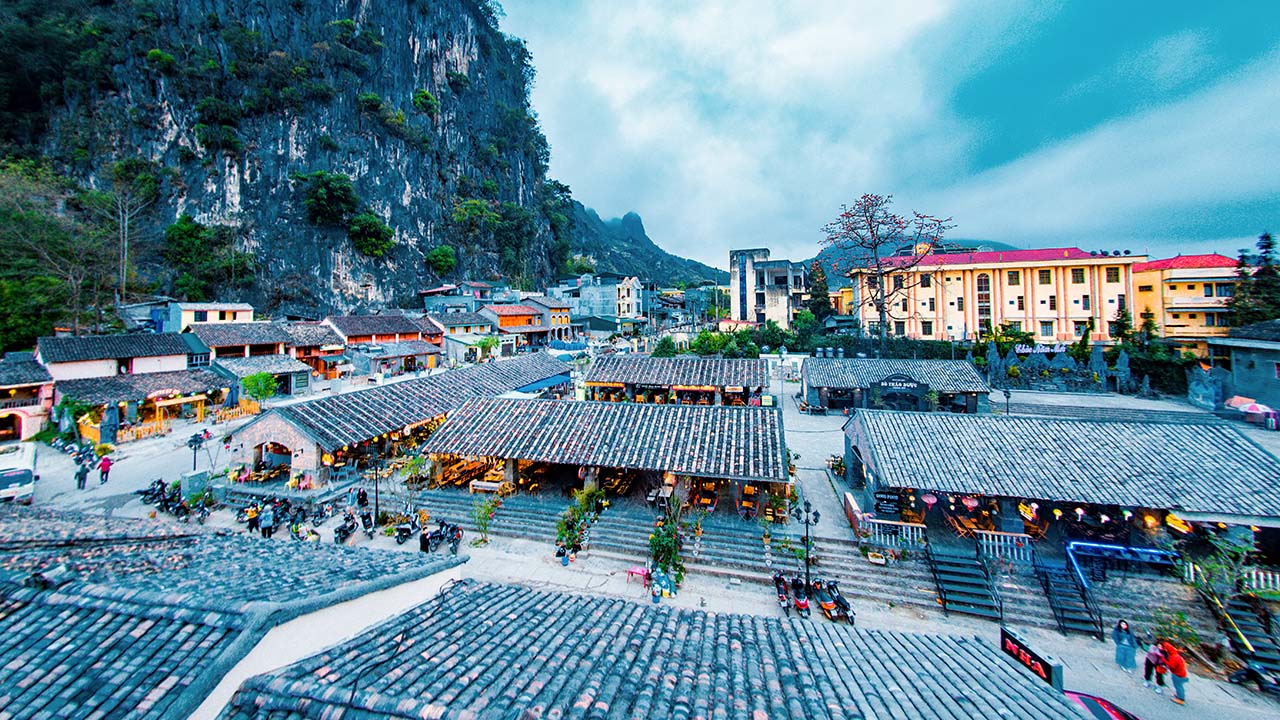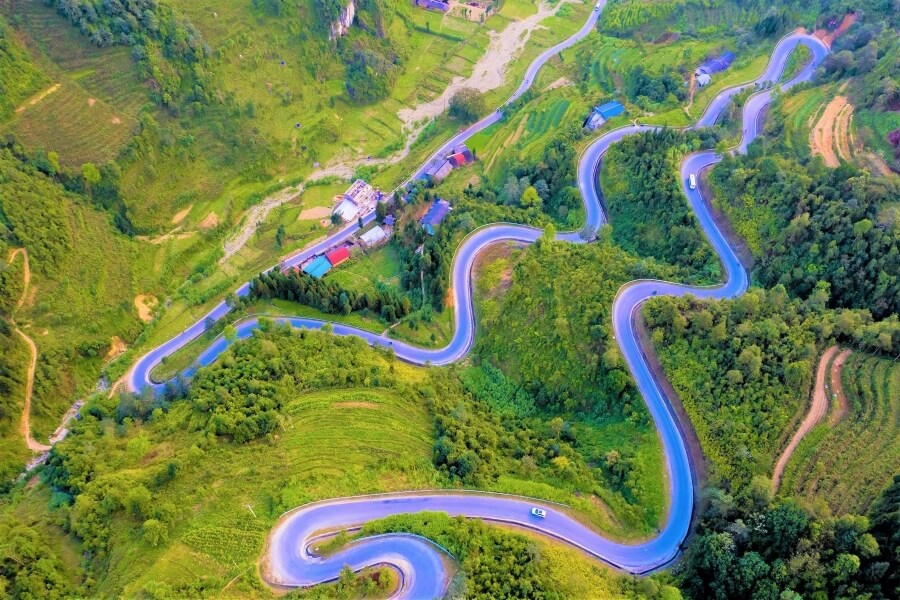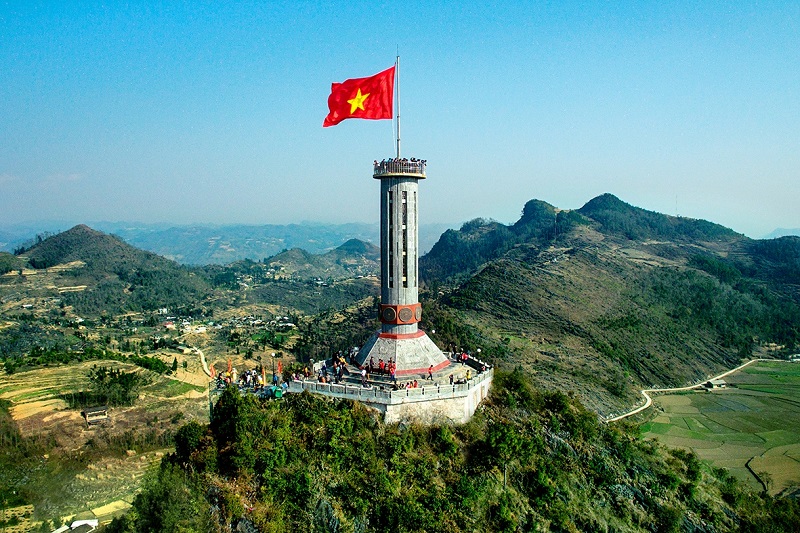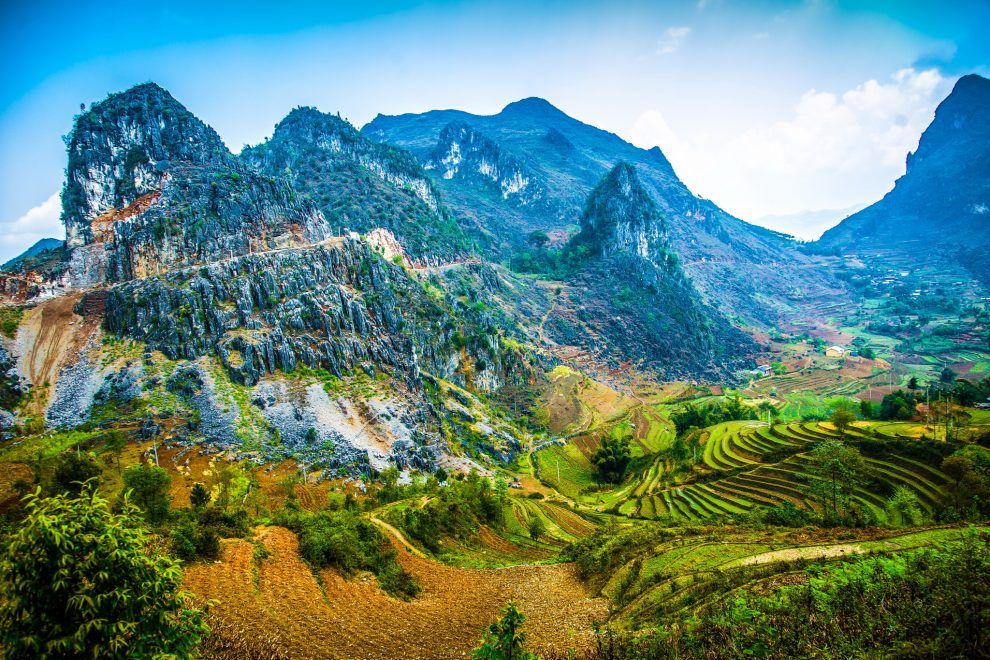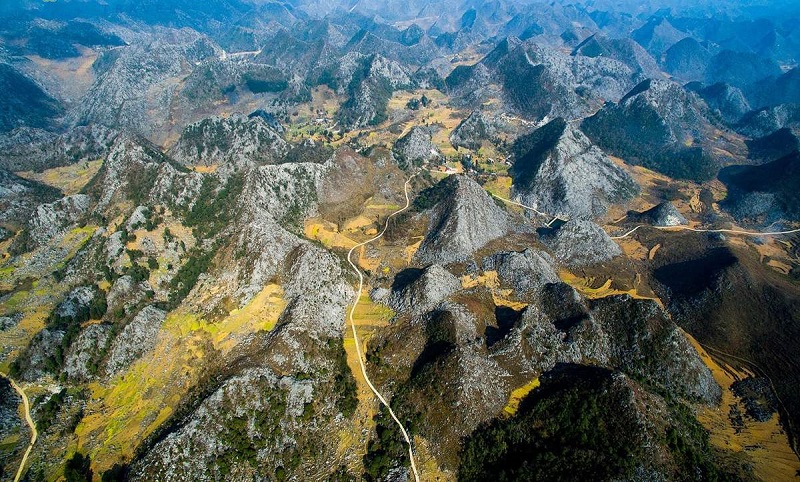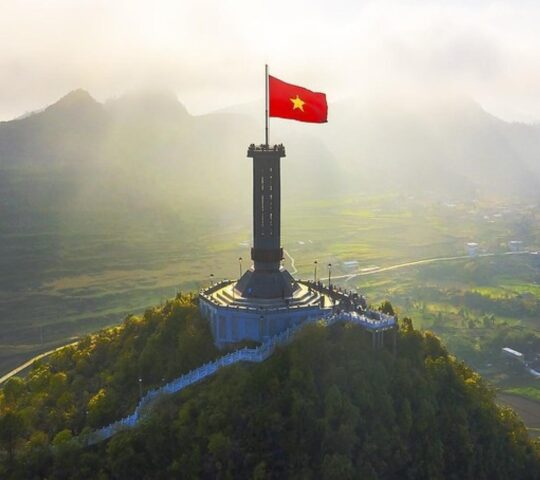Hightlight
-
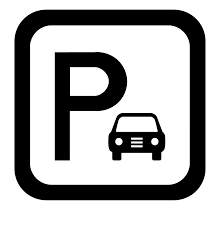 Car parking
Car parking
Nestled in the northernmost reaches of Vietnam, the Dong Van Karst Plateau Geopark stands as a testament to the astonishing geological wonders and cultural richness of this remote corner of the world. With a history dating back millions of years and landscapes that seem to defy gravity, this geopark is an enticing destination for intrepid travelers and nature enthusiasts alike. In this article, we will delve into the location, archaeological significance, key attractions, and the best time to visit the Dong Van Karst Plateau Geopark.
Location:
The Dong Van Karst Plateau Geopark is situated in Ha Giang province, one of the most rugged and isolated regions in Vietnam. Ha Giang is located in the extreme north of the country, sharing borders with China to the north and west. The geopark itself covers an area of approximately 2,356 square kilometers and is part of a larger karst plateau that extends into China.
Archaeological Significance:
Beyond its striking natural landscapes, the Dong Van Karst Plateau Geopark holds invaluable archaeological significance. This region has been inhabited by various ethnic minority groups for centuries, and their cultural heritage is a fascinating blend of traditions and history. The geopark has been recognized by UNESCO for its geological and paleontological importance, with fossils dating back as far as 400 million years. The area’s unique geological formations have attracted the attention of researchers worldwide, and ongoing studies continue to shed light on Earth’s ancient history.
Things to See in Dong Van Karst Plateau Geopark:
Geological Marvels:
The most prominent feature of the geopark is its mesmerizing limestone karsts, sculpted by millions of years of erosion. These towering rock formations create a dramatic and otherworldly landscape, often compared to the karst landscapes of Guilin, China.
Ethnic Diversity:
Ha Giang province is home to a multitude of ethnic minority groups, such as the Hmong, Tay, Dao, and Lo Lo. Exploring the traditional villages and experiencing their distinct cultures is an enlightening and immersive experience.
Dong Van Old Town:
At the heart of the geopark, Dong Van Old Town is a charming settlement with well-preserved French colonial architecture. Strolling its narrow streets and visiting local markets provides a glimpse into the daily life of the people in this region.
Ma Pi Leng Pass:
This legendary mountain pass offers some of the most spectacular views in Vietnam. Traverse the narrow road carved into the cliffs, overlooking the Nho Que River hundreds of meters below.
Lung Cu Flag Tower:
Located at the northernmost point of Vietnam, the Lung Cu Flag Tower is a symbol of national sovereignty and offers panoramic views of the surrounding karst landscape.
Meo Vac Market:
On Sundays, the bustling Meo Vac Market comes to life with vibrant colors and a diverse array of ethnic groups selling their wares. It’s a great place to interact with locals and experience traditional trading.
>> Visit Dong Van Karst Plateau UNESCO Global Geopark via North Vietnam Tour 7 Days
When to Go:
The best time to visit the Dong Van Karst Plateau Geopark is during the dry season, which typically runs from October to April. The weather during this period is mild, and the landscapes are at their most stunning, with clear skies and lush vegetation. However, be prepared for cooler temperatures, especially in the higher elevations, so pack warm clothing.
In conclusion, the Dong Van Karst Plateau Geopark in Ha Giang, Vietnam, is a unique destination where geology, culture, and history converge in a remarkable way. From its jaw-dropping landscapes to its rich archaeological significance and cultural diversity, this geopark promises an unforgettable journey into the heart of northern Vietnam. Whether you’re an adventurer, a history buff, or a nature lover, this hidden gem deserves a place on your travel bucket list.

